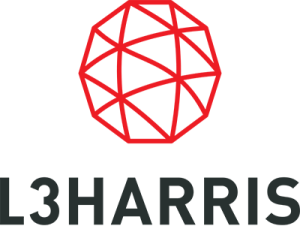Staffing Is a Courtship

In previous articles, we have often compared the staffing “dance” to courtship. Here’s why:
When people date, they hope to meet a person who has the qualities they feel are most important, then fall in love, and form a meaningful and lasting attachment that is mutually rewarding. Hiring a key employee is almost the same – even to the emotional side – as most top executives will tell you there is a strong bond among their senior team. Employers can learn a lot by delving deeper into the correlations between staffing and courtship.
Just as dating is a series of growing expressions of feeling and interest, hiring involves a sequence of actions that escalate the connection between employer and employee. Let’s look at each stage:
Screening: In dating, sometimes people meet by chance, but when they meet by introduction, or on-line, there is an opportunity to screen for the criteria that are most important. Do people rule in or rule out? Depends on how interested they really are in dating! When hiring (especially for key leaders), the same phenomenon occurs. You can read a resume to find things that fit, or to find things that are lacking. We encourage employers to be open, to find reasons to rule people in, because they might find the depth and capability they seek when they meet people and look deeper.
Meeting: You never get a second chance to make a first impression. In interviews, as in dating, appearance counts a lot. But look at who people date and who they ultimately marry. Marriage decisions are usually more than skin deep. In the workplace, we know that substance and capability count more than looks. While the chemistry ultimately has to be there, we advocate that employers suspend judgment of the usual first impression checklist for 30 minutes, and discover whether the candidate can really do the job.
Evaluating: In a courtship, people get to learn about their potential partner over many dates, over a longer period of time (than in hiring). But if you think about it, the knowledge gained really comes in fleeting glimpses sprinkled over that long period. In employment, we have to condense and concentrate those glimpses into a few hours of interviews. But, as in dating, past and current behavior is a good predictor of future actions. Employers can drill down and ask detailed questions about how prospects got things done, what challenges they faced, how they solved problems, how they reacted in a crisis, what they believe about core issues. Good interviewers will find the best way to ensure that they know the candidate’s capability well before moving forward.
Comfort: In dating, people can often be awkward and nervous until they know the level of interest of the other person. They often make mistakes and stumble, until they know they are really accepted. In interviewing, people are often at their worst, and similar awkwardness occurs. Good executives aren’t usually experts at interviewing, on either side of the table – they don’t do it too often! For both employers and candidates, the way to cut through the nervousness is to have a good process. If both parties are committed to discovering if there truly is a fit, there can be greater comfort. Focus on specific objectives – what does the employer need done; what is the candidate’s capability of doing those things?
Connection: The suitor who says “But enough about me; what do you think of me?” doesn’t often get to a second date. Courtship and hiring both involve mutuality – the art of getting your needs met while also meeting those of someone else. Candidates have to demonstrate how they can add value, solve problems and enable growth. Interviewers owe it to candidates to show them what is valuable about the company, and how they will benefit by being employed there. This mutuality creates real connection. When a suitor proposes marriage, emotions run high. Easy “yes” answers come when there is already congruency – Both people already know it is a fit. Employment offers create similar stirring of emotions, and the best way to get to a “yes” is to ensure the candidate sees clearly why it is a fit, on all levels.
The ideal result of a good courtship for most people is marriage, and the ideal result of a staffing process is a good hire. Both require sensitivity to the needs of each party. Handled correctly, a good hire leads to a lasting and rewarding relationship, just like a marriage.
























